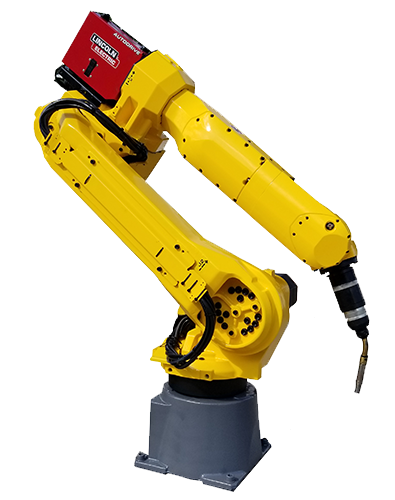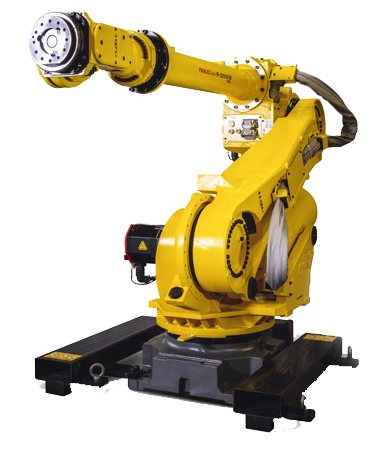Automation is defined as the use of various control devices of machines in order to perform manufacturing tasks with automatic control. The main goal of all automation systems is to reduce or eliminate the need for human interaction. As technology has advanced, so have the types of automation manufacturers choose to deploy in their factories. This has shifted the purpose of automation to improving quality and flexibility in manufacturing, which can be achieved through flexible automation.
Flexible automation involves using computer input to program and control a system to be highly adaptable. Flexible automation systems allow for adjustments to be made for product or process changes. Computer instructions are inputted through code or HMIs, specifying the parameters of a production related task. When changes are needed, a new set of instructions may be programmed into the control system. Types of flexible automation systems include multi-purpose CNC machines and industrial robots.
Industrial robots have become the top choice of manufacturers looking to automate their productions. Robots can be integrated along production lines or as an entire system with a robotic workcell for complete optimization. They can be re-tasked through programming, a robotic vision system, or a combination of both. They provide a high level of repeatability, accuracy, and quality that is unmatched by other forms of automation. Articulated robots can be used to automate small batch or large batch manufacturing for both low mix or high mix productions. One of the biggest users of flexible automation is the automotive industry. Automotive plants have lined their production floors with robots including the FANUC R2000ib and the ABB 6640.
Why Choose Flexible Automation?
Manufacturing today is much different than it was decades ago. Gone are the days companies could produce the same product with the same materials year after year. Manufacturers today are faced with higher costs and high product turnover. Automating with a flexible system is ideal for those with frequent product changes or needing more variety. Industrial robots can perform multiple applications. A FANUC M710ic/50 can perform automated welding, robotic assembly, automated parts transfer. Integrating it with a tool changer allows it to automatically switch end-effectors to complete multiple steps of a production process. Adding a vision system allows it to adapt to changes on the fly.Flexible automation systems can also work with a variety of parts and materials. When parts change a FANUC M-20ia can be reprogrammed or use its vision system, if integrated with one, to dynamically adapt. There is no time wasted retraining. Robots can be reprogrammed and redeployed quickly, which is advantageous to those with frequent changes.
Flexible automation will save manufacturers money in the long run by reducing production related costs. Investing in a Motoman HP20D may be more expensive initially than a fixed automation machine, but it is an investment that will last for years. When changes are needed it can be re-tasked, while fixed automation cannot. With fixed automation companies need to invest in new machinery for manufacturing changes, while the same six axis robot can be used. Less manual labor is needed with industrial robots as they have become more autonomous. Robots can load and unload machines, move parts, and assemble reducing the manual labor needed and the costs associated with it. Material costs are reduced through the elimination of material waste. Costs are not only reduced but become fixed overtime, allowing manufacturers to realize their ROI quickly.

